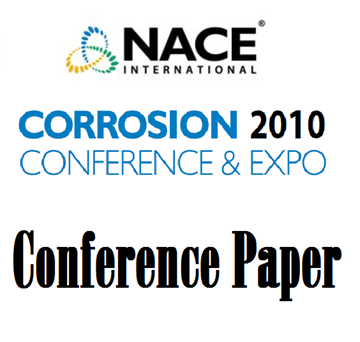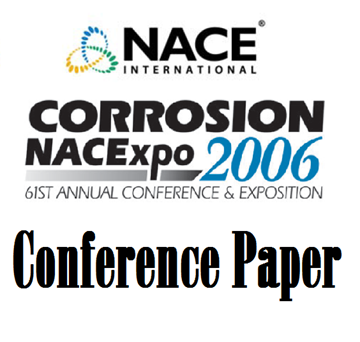Search
09337 Evaluation of Prediction Tool for Sour Water Corrosion Quantification and Management in Refineries
Also Purchased
10349 Prediction and Assessment of Ammonium Bisulfide Corrosion Under Refinery Sour Water Service Conditions-Part 2
Product Number:
51300-10349-SG
ISBN:
10349 2010 CP
Publication Date:
2010
$20.00
06576 PREDICTION AND ASSESSMENT OF AMMONIUM BISULFIDE CORROSION UNDER REFINERY SOUR WATER SERVICE CONDITIONS
Product Number:
51300-06576-SG
ISBN:
06576 2006 CP
Publication Date:
2006
$20.00
10278 A Parametric Study of Sour Corrosion of Carbon Steel
Product Number:
51300-10278-SG
ISBN:
10278 2010 CP
Publication Date:
2010
$20.00




